Practical Guide to Wet and Dry Dust Collectors – Part 2

In our last publication, we shared the basics of differentiating a dry dust collector from a wet one. Now it's time to go into greater detail on their respective advantages and disadvantages, in order to determine how they actually fit your needs. Explore your options!
Recall that these two systems differ primarily in their aerosol separation technique: a wet unit uses immersion, whereas a dry unit uses filtration or centrifugation.
The Dry Collector: Pros and Cons
Typically, when the exhaust air enters this type of collector, the heavier particles fall down into the hopper, and the air is extracted upward, where it can pass through a filter network before exiting the system.
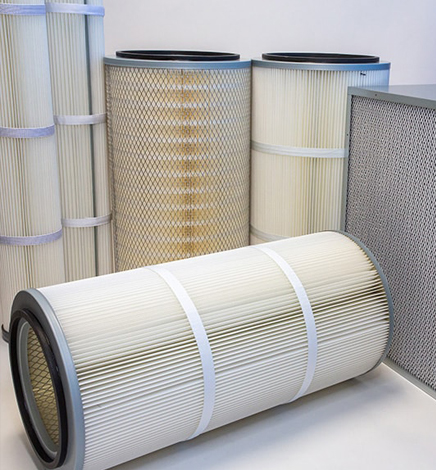
Pros:
- It's usually easier to maintain than a wet unit.
- A variable-volume drive system can be installed, which reduces the overall operating cost of the system.
- It can handle large volumes of dust because its total filter surface is higher.
- Since it adapts more easily to the space and can be adjusted in several ways, it’s perfect for multiple environments (from small cabinetry shops to mine tunnels) and for adjusting to changes in your facilities or to new processes being added.
- It can use a wide variety of filtering media since it adapts to multiple flow rates, temperatures and dust types, and can withstand various chemical and physical attacks.
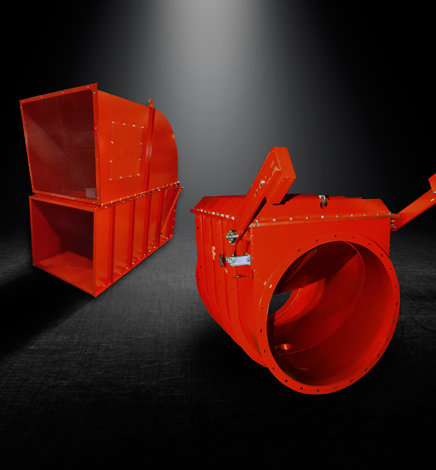
Cons:
- The particles can agglomerate on the inner walls in the presence of condensation, caused by the difference between the internal temperature of the air stream and the external one.
- The fire and explosion hazards must be managed (through appropriate prevention and control accessories).
- Each of these fire safety accessories must be checked periodically and replaced if necessary, thus impacting system maintenance.

The Wet Collector: Pros and Cons
By being drawn into this unit, the exhaust air is submerged and, through a vortex acting as a particle separator, the particles are captured in its holding tank. The filtered air can then exit the dust collector.

Pros:
- It's suited for processes involving certain metal or organic particles that can be highly explosive. Its water tank controls sparks and reduces the risk of fire by submerging the particles.
- Very compact, it optimizes floor space within your facilities.
- It's equipped with a washable droplet shield, reducing maintenance costs.
- Since it doesn’t require any accessories for managing fire or explosion risks, it often requires a lower basic investment. And its maintenance is simplified!
- Capable of operating under various static pressure levels (calculated in inches of water), the dust collector is sealed, which enables it to be connected to a network of ducts of a size that many competing models would be unable to handle.

Cons:
- Not suitable for variable-volume solutions, its flow rate must remain fixed in order to support the vortex effect.
- It's particle-capturing could be interrupted if too many particles build up the tank and float to its surface, where they cause a false reading by the water-level sensor The result: its level drops until it can no longer support the vortex effect, and the particles risk leaving the system without having been filtered.
- Its maintenance is often more complex because of the wastewater management by specialized companies. However, some industries, such as pulp and paper, can recover water containing cellulose dust and reintroduce it into the upstream pulp tanks.
- Its flow rate is fixed, so it’s necessary to combine multiple units to manage a high volume of dust (reducing your facility floor space).
- If water quality management is neglected, bacteria and fungi could proliferate and then be routed through the exhaust system towards the atmosphere and cause health problems (such as legionellosis).

The Secret to Choosing the Right Solution? Consult the Experts!
Therefore, to tip the balance towards a dry or wet dust collector, it’s necessary to analyze your operations (nature of the dust, equipment, energy recovery, etc.) and the layout of your facilities. The OHS standards are also part of the equation!
Our mission? To find an integrated solution and customize it to your situation. As general contractors specializing in ventilation, dust control and air management, we look after your projects from A to Z. Ask us your questions!
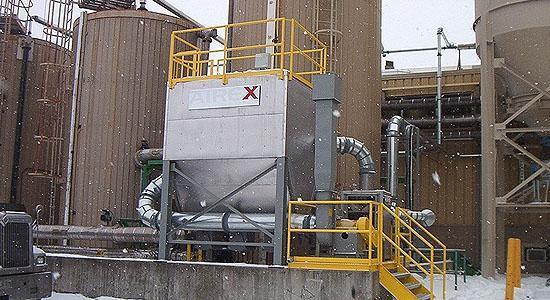
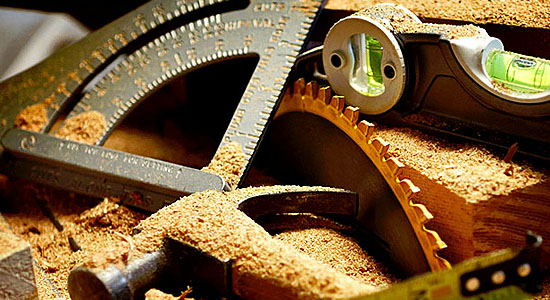

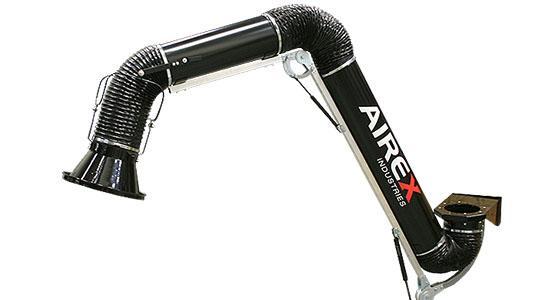
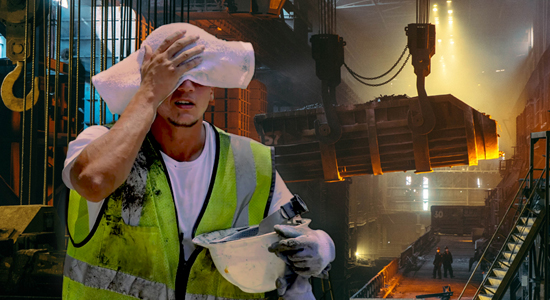
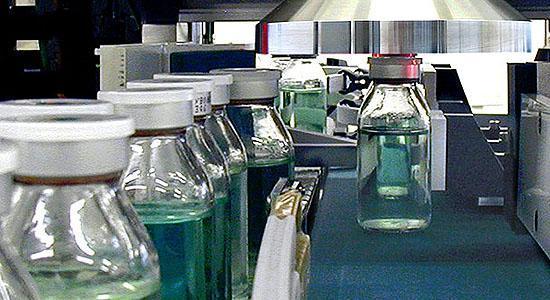
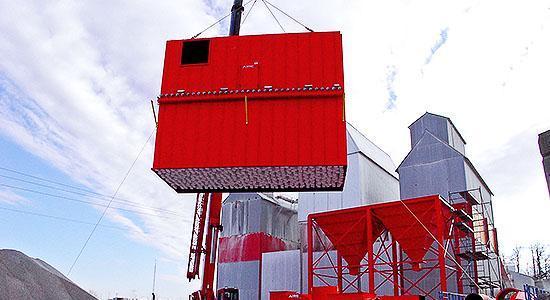
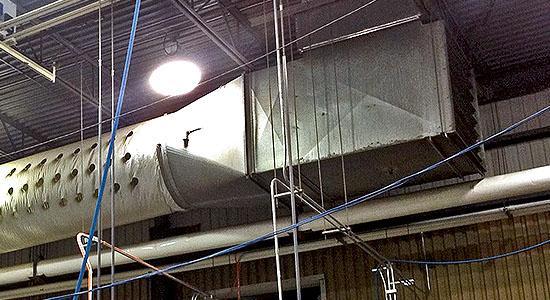

 Not sure what product fits your needs, or you looking for advice about the best solution for your problem?
Not sure what product fits your needs, or you looking for advice about the best solution for your problem?